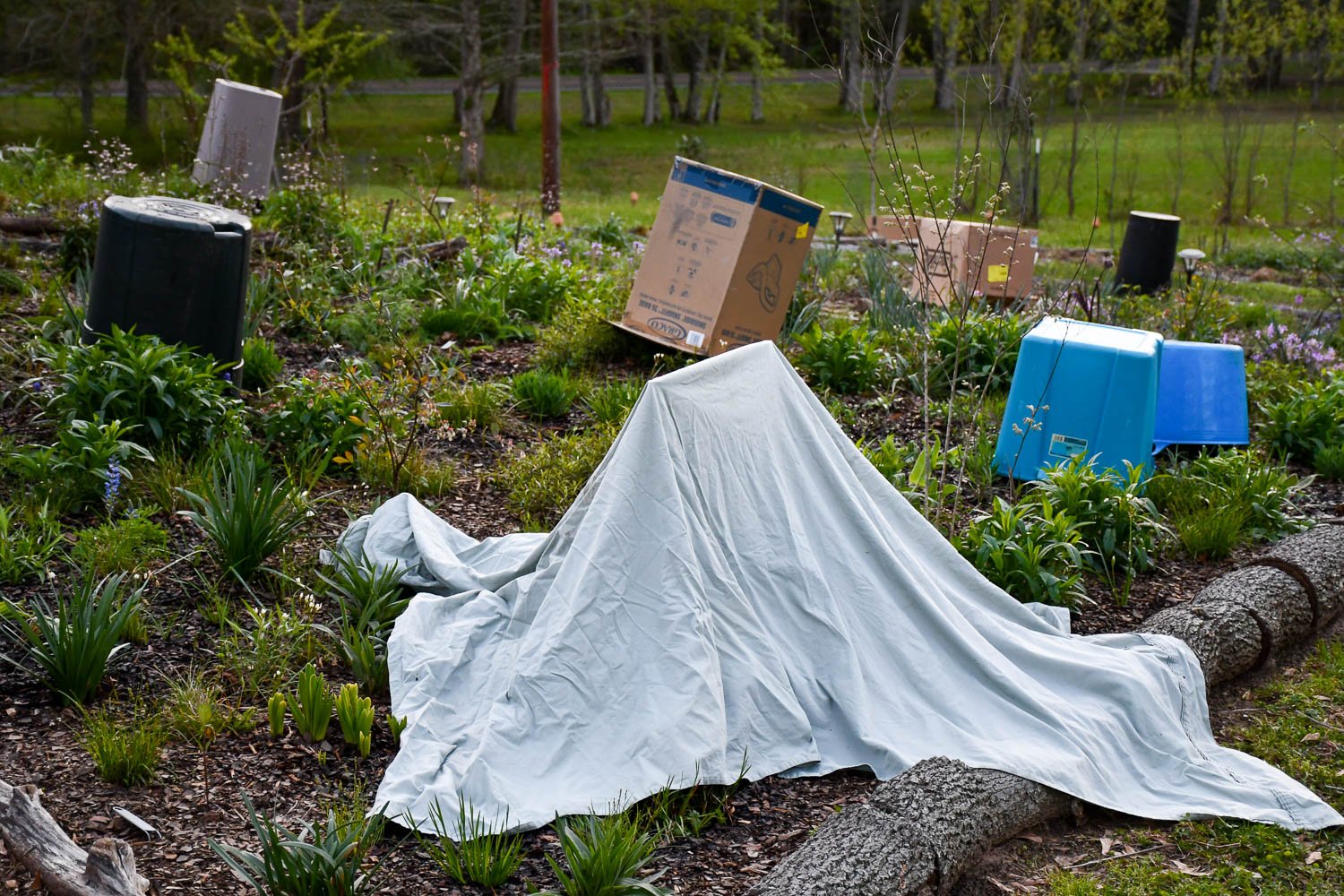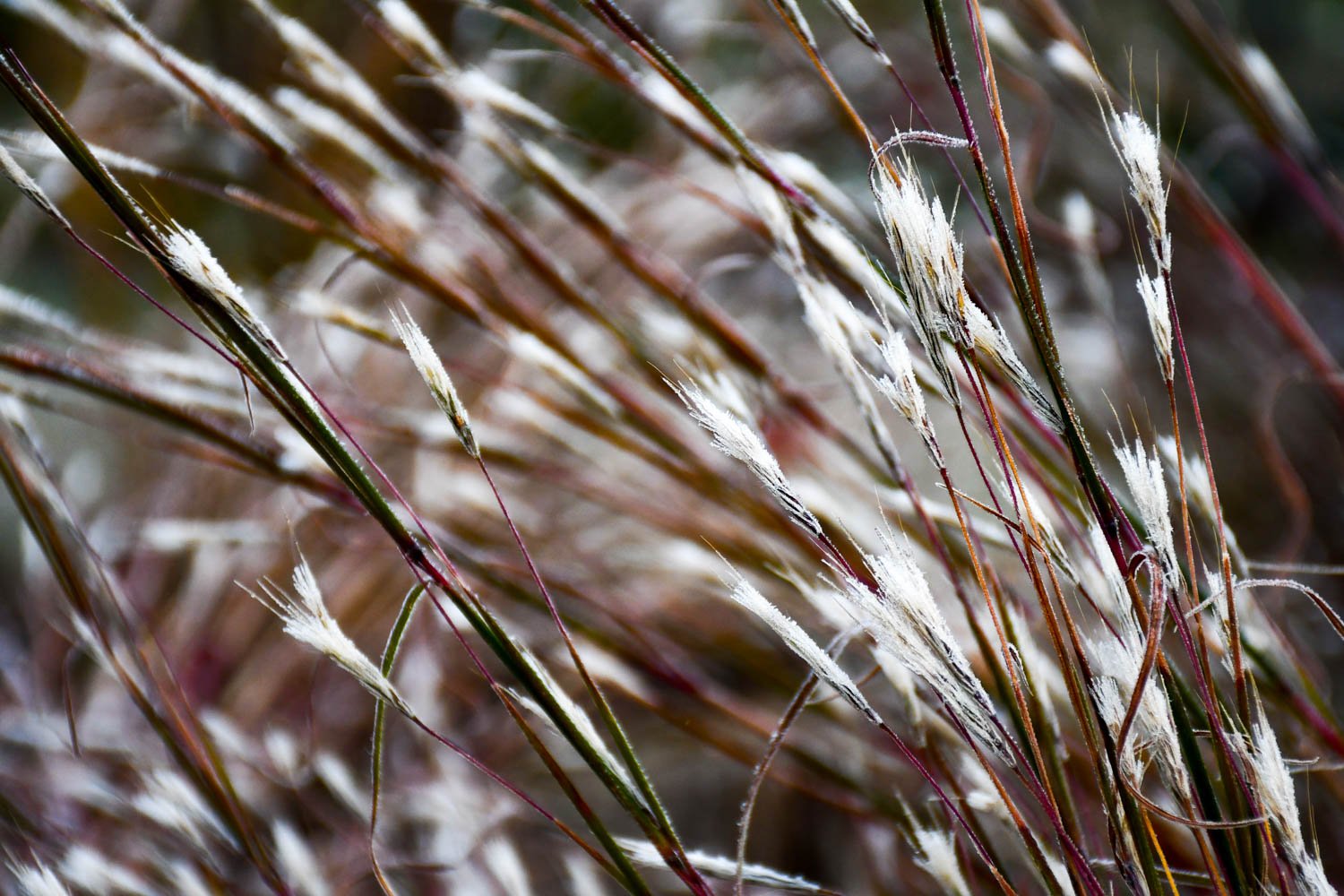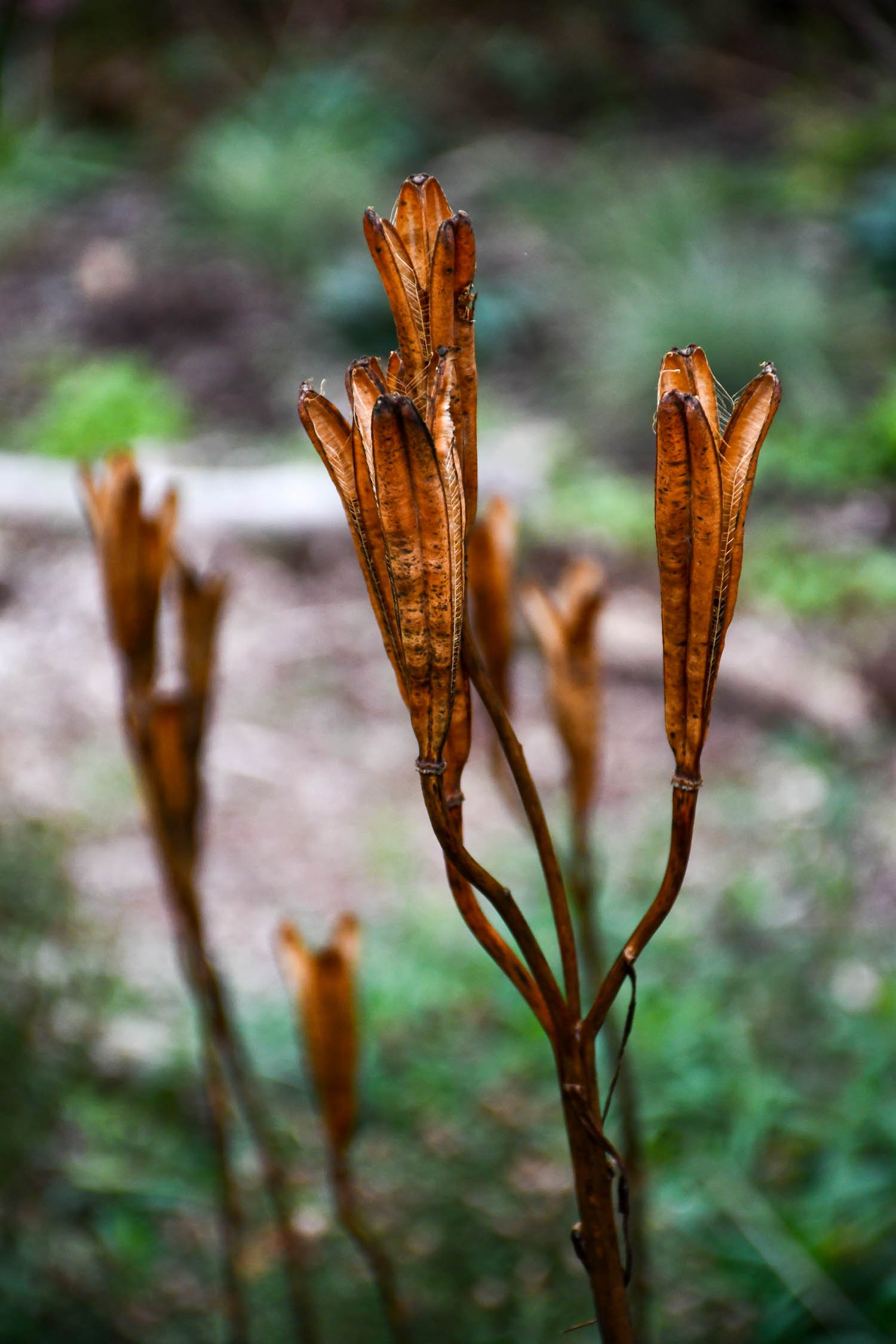The other day I wrote January 17, and I paused. “Is the first month of the new year already half over,” I thought. It was. My how time flies. I had hoped to accomplish so much thus far. But, having a head cold the first half of the month has slowed me down. And, then there’s the outside cold of the past week. We ended up being 8°F here with the slightest dusting of snow, our 8b temporarily becoming 7b for a few hours.
We prepped and covered what we could, and things seem to have made it through fine here. Cold nights before the extreme freeze helped plants acclimate. But, now I turn my gaze to winter preparations for the coming growing season. Author of Good to Great Jim Collins talks about productive paranoia, the approach of doing what one can in the time allotted because uncertainty lies ahead.
How to know where to start? Some tasks I know to do from experience. I know to prep the potato bed for planting soon because I’ve done it so many years in early February. I know to start cutting back the vegetation to make room for the rising blades of bulbs like Leucojum and Narcissus that I noticed breaking ground the other day.
I also use this down side of the calendar to move and divide perennials since we get hot and dry here quick. But, it can be hard to remember what I said needed to be relocated in May or where I said we need more of a plant in July, especially now that plants are dormant. On some their top growth has already collapsed or rolled away like tumbleweed in a stiff wind.
I find it helpful to keep a running list of tasks to remember on my iPhone notes app. Notion and Google Docs are also useful tools. I label the note “Winter 2024”, and I jot down all the ideas I see in the garden that need to wait until winter. Move this here. Thin that there. I be sure to include the date so that I know when I had the thought. Occasionally, past me even included a photo to help future me understand what to do.
Just a snippet of my winter to do list that I accumulate throughout the year in the iPhone notes app.
But, not everything makes it on the list. I find winter a good time to note tasks that have gone unnoticed during the growing season in the haze of hauling hoses and sweeping the soil of weeds. Sections of the fencerow need to be cleared of privet to make room for better natives. And, now that the turf has bleached beige in the yard from frost, I notice all the green tufts of Carex albicans (white-tinged sedge) that I want to move into the beds for a groundcover.
I’ll admit I still have some tasks that are stragglers on the to do list from 2023. And, 2022, and probably earlier than that if I’m being honest. I still have some daffodil bulbs to get in the ground that I got last fall. I’ve been waiting for top growth to perish in a spot where I want them to go, and now that the ground has been laid bare, they shall find their home. They should still bloom, albeit a bit later, but their cycle should be more normal next year.
I’m also firming up my final seed orders, too. Just this week someone in town told me how wonderful ‘North Georgia Candy Roaster’ winter squash had done for him. It had evaded squash vine borers and thrived in our Texas heat. And, then I get sucked into looking at seeds and remembering that I need to check my “Plant Wish List“ note and order Lablab purpurascens (purple hyacinth bean) and ‘Seminole’ pumpkin.
And, in that time, the sun has sunk lower, and the to do list hasn’t shrunk. Oh well. Trying that winter squash is now one less item I have to put on my 2025 list.










































